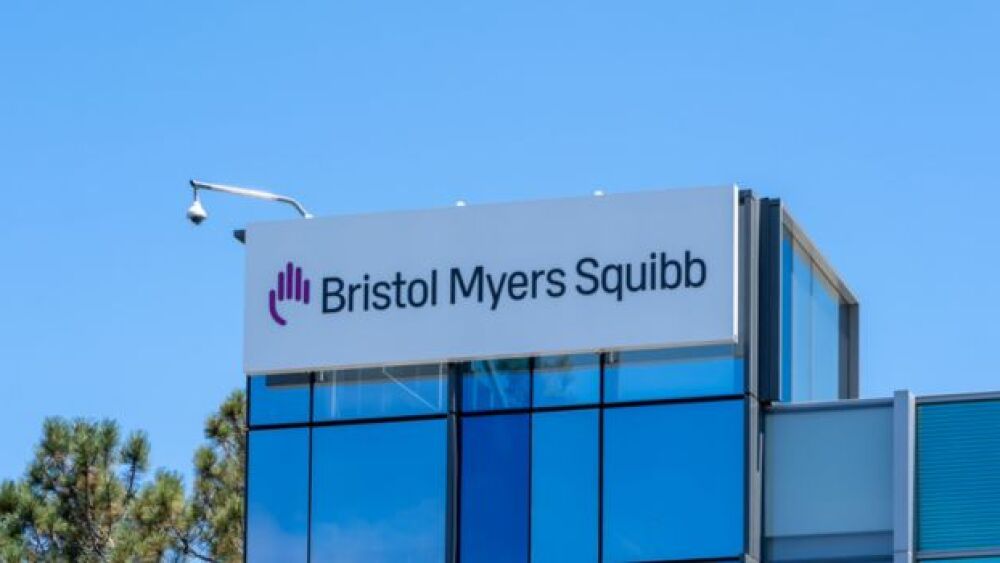ROCHELLE PARK, N.J., June 20 /PRNewswire/ -- Data accepted for presentation at the 35th annual meeting of the American College of Clinical Pharmacology (ACCP) describe the metabolism and elimination of SUN N8075, a novel, multi-functional investigational compound for the treatment of Acute Ischemic Stroke.
SUN N8075 undergoes extensive metabolism and is eliminated via multiple pathways. Nearly 90 percent of the administered dose was accounted for, being equally excreted in the urine and feces. These results, which are consistent with the findings in animal models, support further clinical development in stroke.
SUN N8075 is a unique agent that blocks major pathways thought to be responsible for cell death in ischemic stroke in both white and grey matter.(1) The compound demonstrated voltage sensitive sodium and T-Type calcium channel blockade along with potent antioxidant activity which is expected to increase the likelihood of beneficial outcome compared with agents only possessing a single mechanism of action.(2) It has been shown to be effective in rat and primate stroke models, and fulfills the Stroke Academic Industry Roundtable (STAIR)-devised preclinical evaluation criteria.
About Daiichi Asubio Pharmaceuticals, Inc.
Daiichi Asubio Pharmaceuticals, Inc. is the U.S. subsidiary of Tokyo-based Daiichi Asubio Pharma Co., Ltd, a pharmaceutical business entity that is wholly owned by Daiichi Sankyo Company, Ltd. Established in the United States in June 1999, Daiichi Asubio focuses on the development of valuable drug compounds, discovered by its Japanese parent, for the worldwide market in three main therapeutic areas: cardiovascular disease, the central nervous system and immunology, as well as a discovery platform for peptide hormones. The Company is responsible for unique drug research and efficient global development of these compounds through Phase II clinical trial investigation.
(1) AAN 58th Annual Meeting, April 1-8, 2006, San Diego, US, Protective Effect of SUN N8075 on Cerebral Infarction Induced by Middle Cerebral Artery Occlusion and Reperfusion in Cynomolgus Monkeys: PET and Histopathological Studies, Shigeki Tamura 1), Tomokazu Shimonaga 1), Atsuto Ogata 1), Shizuo Nakamura 1), Tomochika Ohno 1), Hideo Tsukada 2), Yasuhiko Ikeda 3), Kazuo Umemura 3), 1)Biomedical Research Laboratories, Daiichi Asubio Pharma Co., Ltd. Osaka, Japan, 2)Central Research Laboratory, Hamamatsu Photonics, Shizuoka, Japan, 3)Department of Pharmacology, Hamamatsu University School of Medicine, Shizuoka, Japan. (2) Annoura, H.; Nakanishi, K.; Toba, T.; Takemoto, N.; Imajo, S.; Miyajima, A.; Tamura-Horikawa, Y.; Tamura, S. Discovery of (2S)-1-(4- Amino-2,3,5-trimethylphenoxy)-3-{4-[4-(4-fluorobenzyl)phenyl]-1- piperazinyl}-2-propanol Dimethanesulfonate (SUN N8075): A Dual Na+ and Ca2+ Channel Blocker with Antioxidant Activity. J. Med. Chem. 2000, 43, 3372-3376.
Daiichi Asubio Pharmaceuticals, Inc.CONTACT: Marilyn Seiger, Kovak-Likly Communications, +1-203-762-8833,mseiger@klcpr.com




